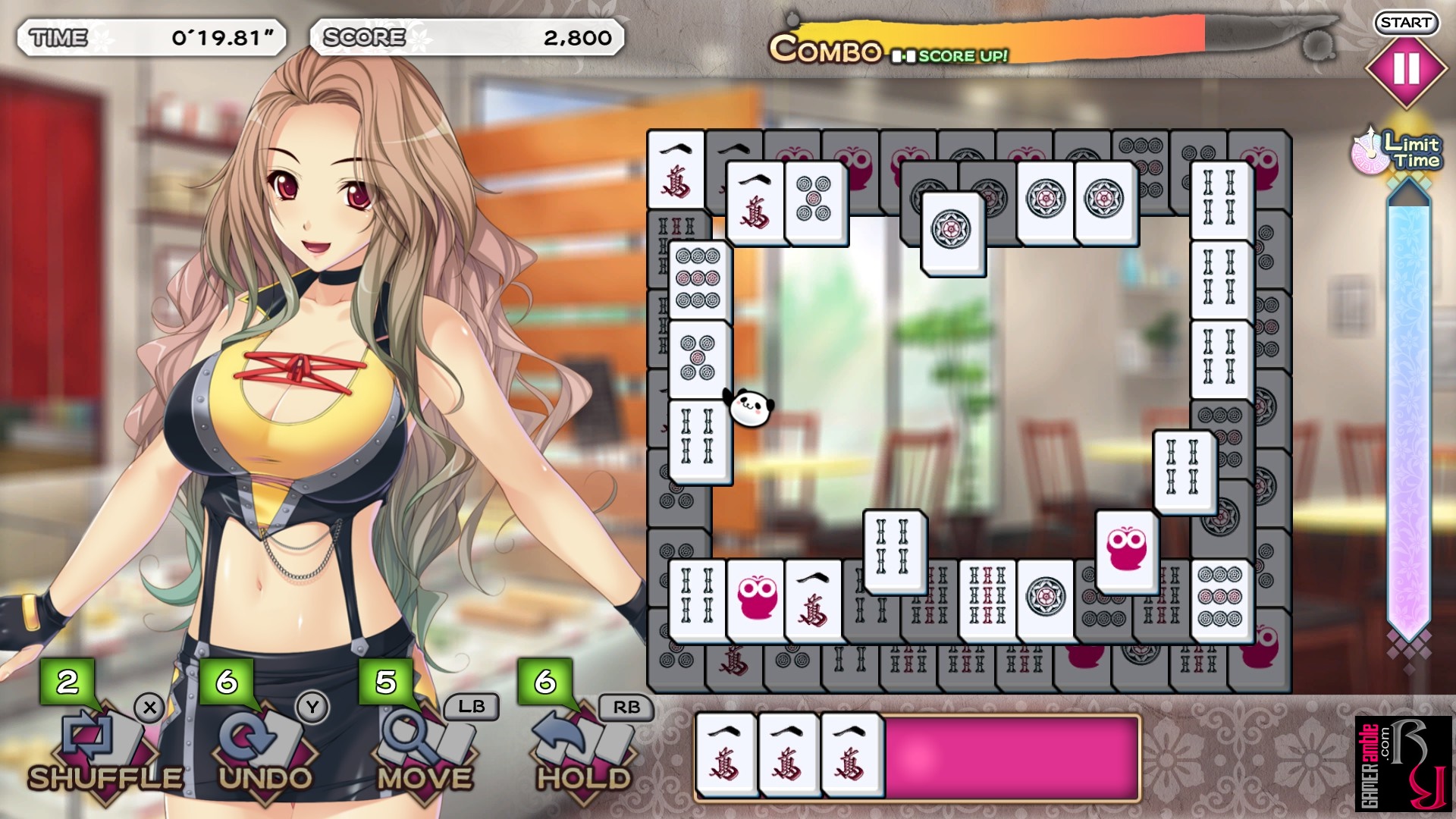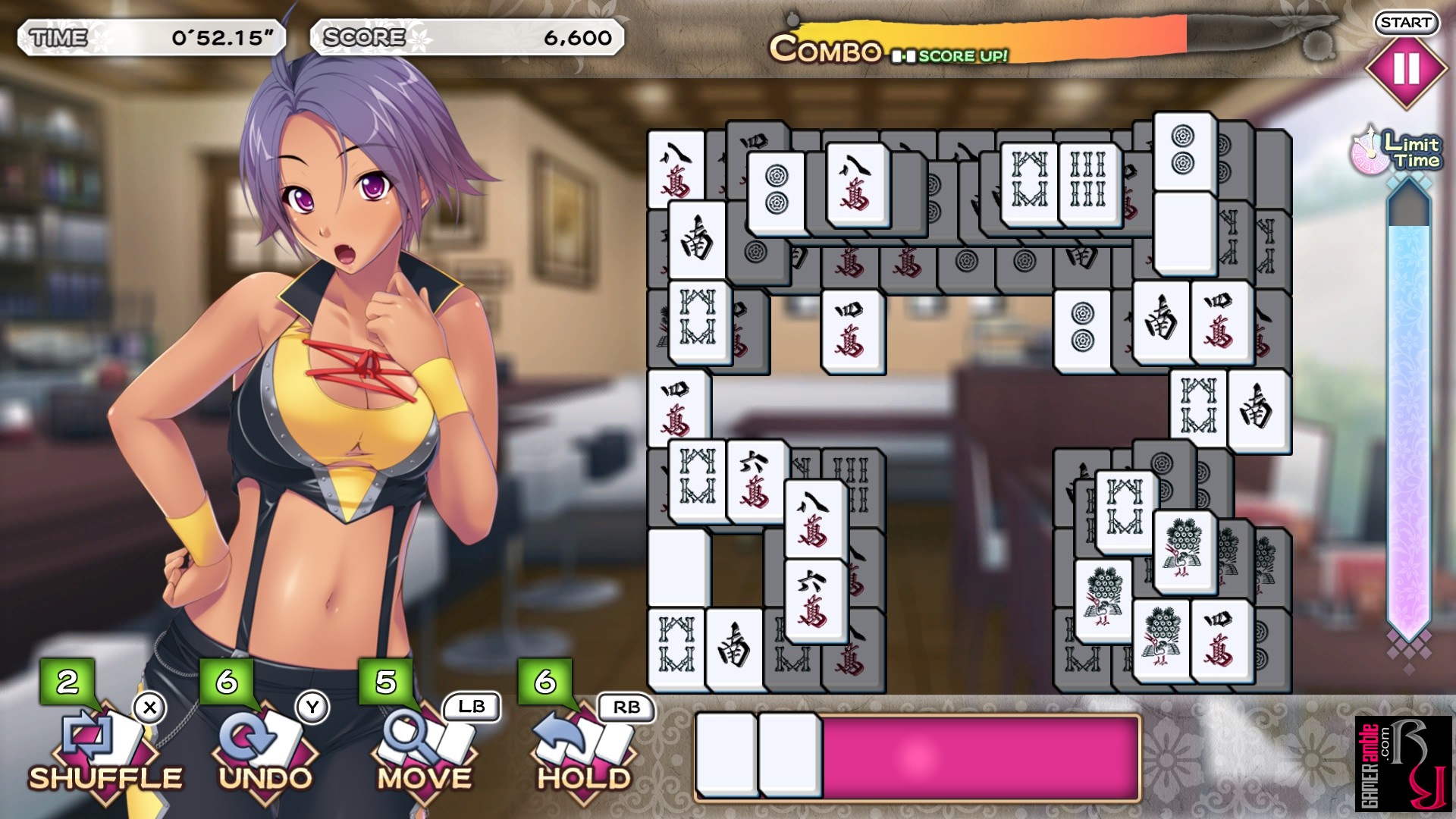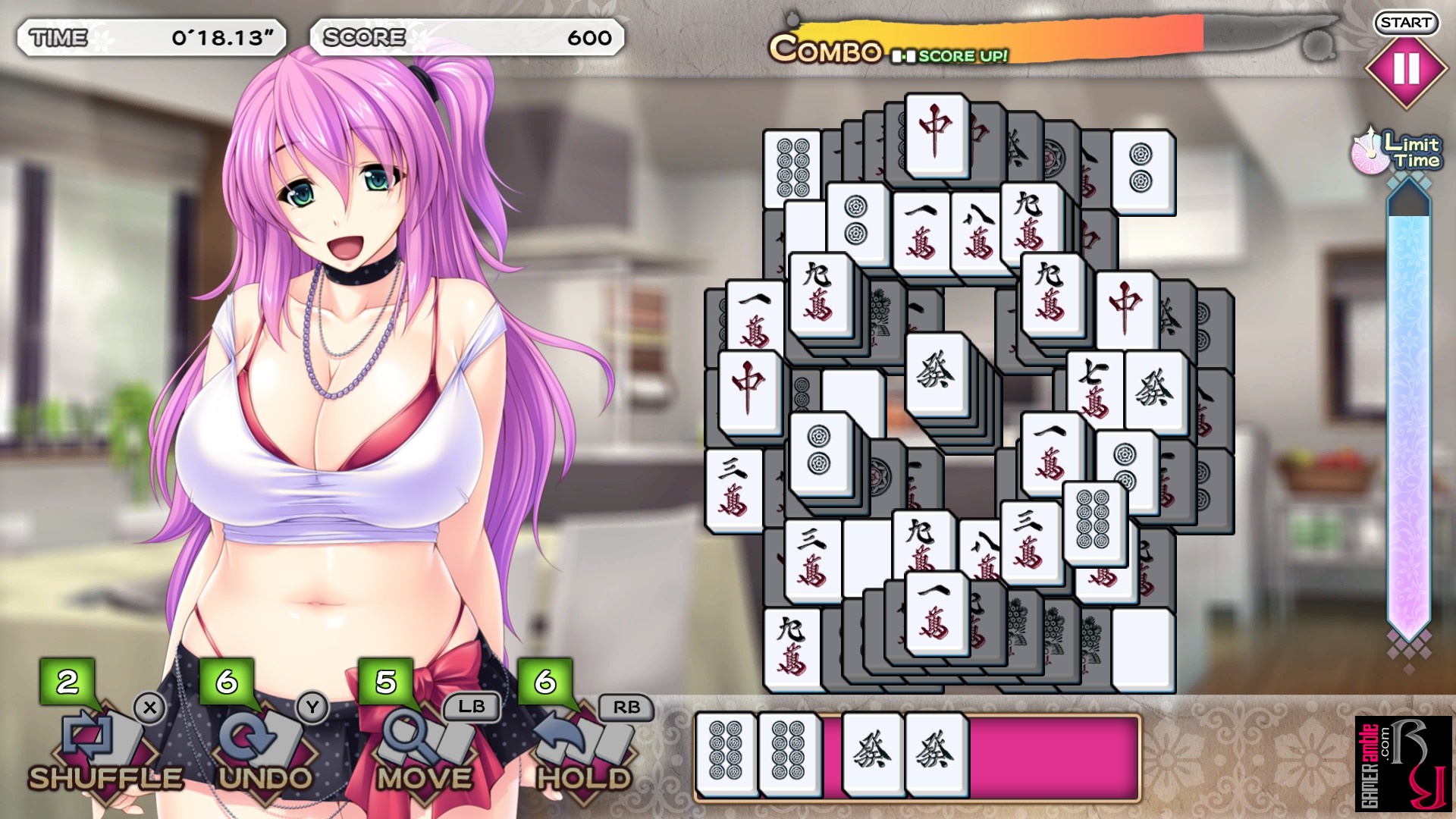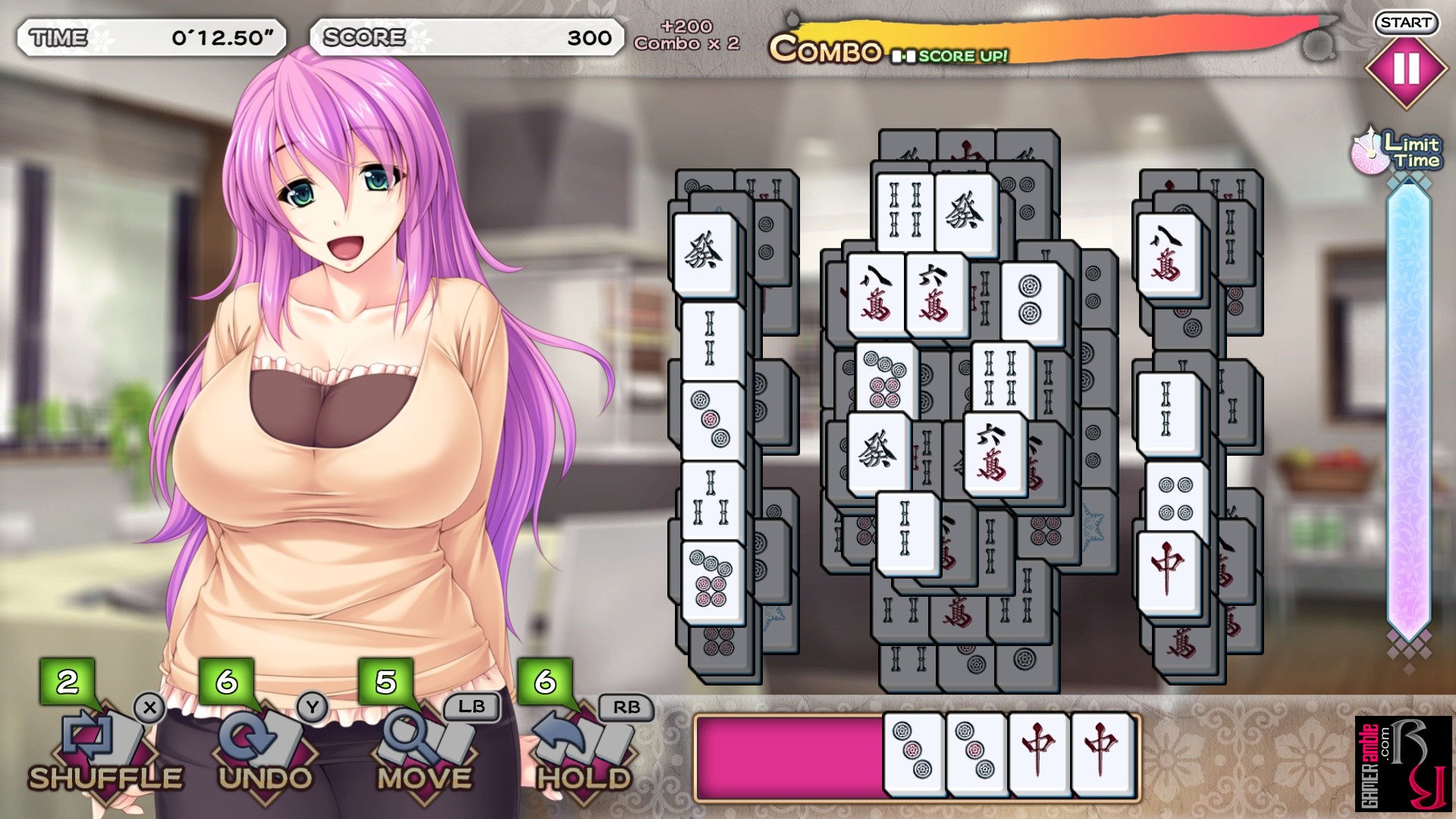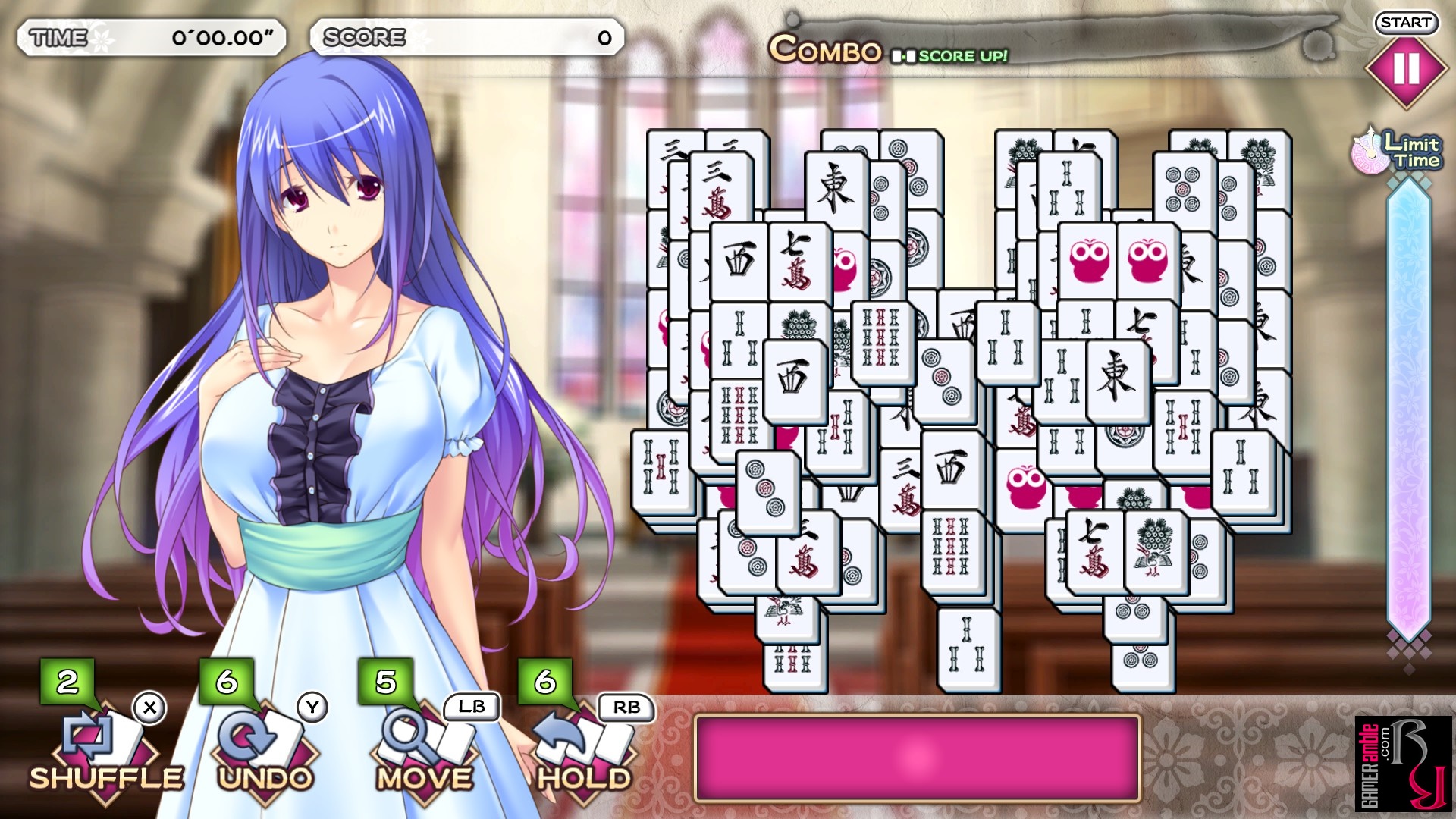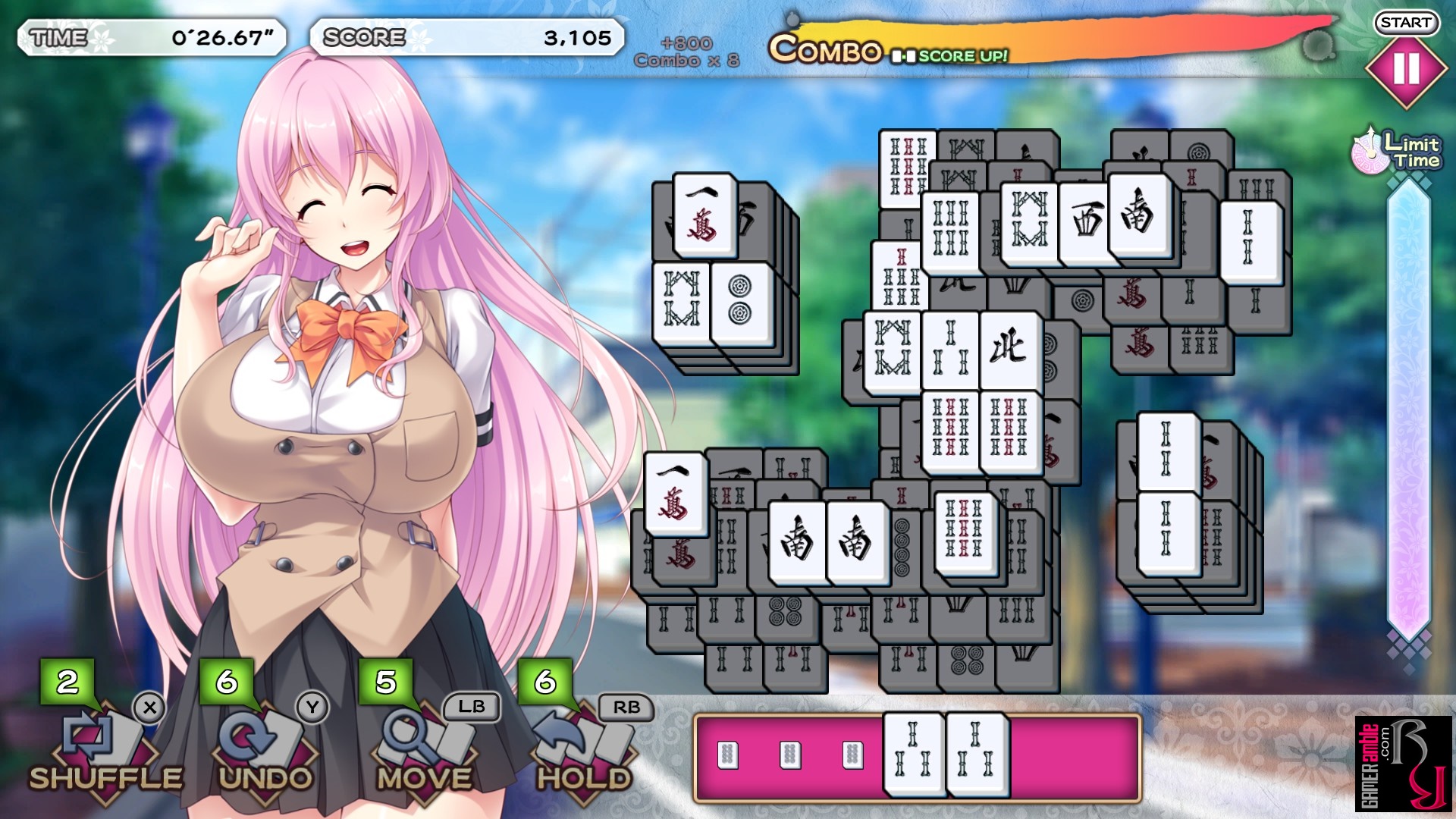Pretty Girls Tile Match
Developer: Zoo Corporation | Publisher: Zoo Corporation | Release Date: 2022 | Genre: Casual / Match 3 / Puzzle | Website: Official Website | Purchase: Steam
Mahjong tiles match-three gameplay and kawaii anime girls are combined to form Pretty Girls Tile Match by Zoo Corporation. This game is the 18th entry in the series, which means fans will be very familiar with what it has to offer. For newcomers, the Pretty Girls series usually combines bright, colorful anime art with classic, block, card, or tile games. In the case of Pretty Girls Tile Match, it is Mahjong tiles that players must match in sets of three to erase them and clear the board. The game features six girls with twenty stages each, which means 120 stages for players to complete.
As expected, the stages in Pretty Girls Tile Match start very easy with small clusters of Mahjong tiles. As players work their way through the levels the complexity of the layouts is increased along with the amount of tiles and number of tile variations. Some of the tiles look very similar to each other, so players must take care when making the matches. Only seven tiles can be “held” at a time after which players will have to make use of the help functions to proceed. These help functions include the ability to shuffle the board and clear your hand, undo the previous move, get an instant match for one of the held tiles, or hold an additional tile. Pretty Girls Tile Match also has three difficulty settings, with unlimited use of the help functions on the easiest.
The cast of characters for Pretty Girls Tile Match includes Riara, who is apparently a mischievous troublemaker, Rui, who is strong-willed with a caring personality, and Honoka, a natural beauty with a calm personality. This is as far as their characterization goes, though, as the game does not have any kind of story mode. Instead, players pick their favorite girl and then try and complete twenty of their levels. In the unlikely event that players get stuck, they can switch over to another girl and play their stages instead.
To make the match-three gameplay a little more interesting Pretty Girls Tile Match features a time meter as well as a combo meter. Making matches fills up the combo meter, which then decreases again while players try and find the next match. Finding a match before the meter empties continues the combo, which makes for fast-paced and frantic levels. There’s no penalty for missing combos, though, so players can ignore this feature if they find it too stressful. The time meter causes a random tile to be handed to players if they take too long to make a match, which can complicate things. However, this feature is disabled on the easiest mode, and even on the harder modes, the time limit is quite generous.
The game keeps track of how long it takes players to complete a level as well as their score, In addition, players earn points for clearing stages, which can be spent on buying new outfits as well as backgrounds for the diorama mode. The diorama mode also now offers players the option to save or load scenes that they have created, which is a neat addition.
Pretty Girls Tile Match follows closely in the footsteps of its predecessors so the visuals feature the usual assortment of 2D anime girls and generic backgrounds. The Mahjong tiles are displayed on the right of the screen, while the chosen girl is featured on the left. Unfortunately, there’s no use of anything like Live2D, so only the facial expressions of the girls change as players match the tiles. Each girl has three outfits, with two of them purchasable with points earned from completing the stages. As is the norm for the series some of the outfits are quite skimpy, but the game does not feature any nudity.
The soundtrack for Pretty Girls Tile Match has a nice selection of upbeat music that is a good match for the frantic pace of the game. As always, all of the girls are also fully voiced in Japanese and will utter different phrases depending on how well or poorly players are doing. The game can be played with a controller or mouse, but the latter is a lot more intuitive for this type of game.
Overall, Pretty Girls Tile Match doesn’t do anything radically new or different but delivers fans of the series with more of what they enjoy. The match-three gameplay is addictive, but even on the harder difficulties most players should have no trouble completing all the levels. Completing all the levels and earning all the achievements can take about five to six hours, which is not bad considering the affordable price tag. Puzzle fans who enjoy match three games and anime visuals will get the most out of this title, but even without the kawai girls, it is a solid title.
System Requirements
- OS: Windows 8.1/10/11
- Processor: 2Ghz
- Memory: 2 GB RAM
- Graphics: DirectX Compatible video card with Pixel Shader 3.0 and Vertex Shader 3.0 support
- DirectX: Version 11
- Storage: 1 MB available space
- Sound Card: DirectX-compatible sound


